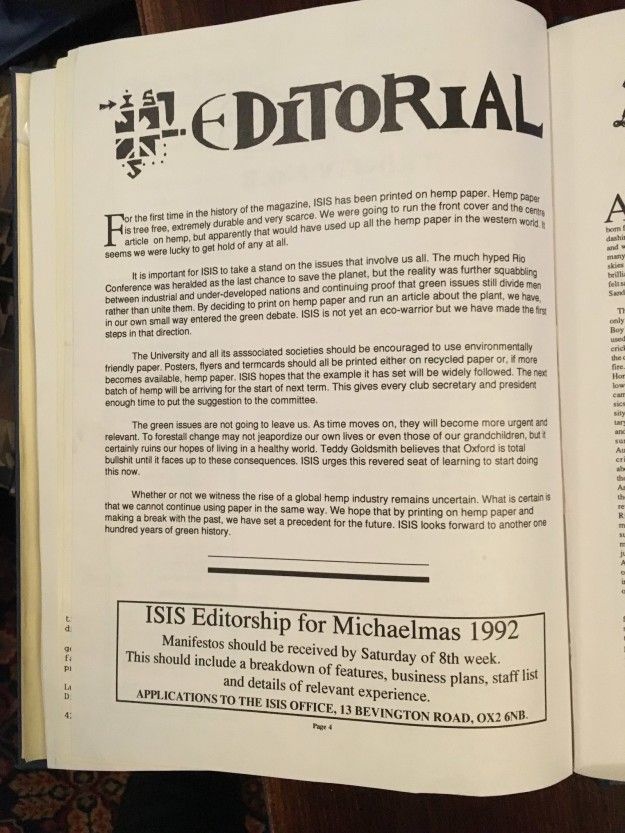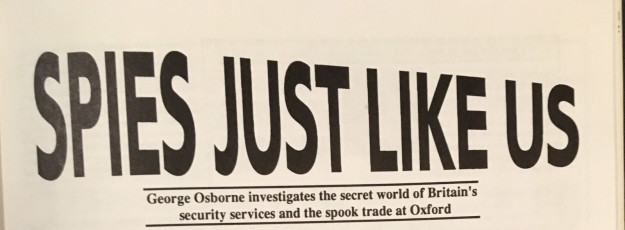It’s become almost fashionable to sound the death knell of the kind of indie rock that once peppered the Pacific Northwest, and in doing so, to call into question yet again the continued viability of the genre altogether. After all, how many songs can, or more importantly should, be written about the dirt in our fries, the freckles in our eyes, or whether we’ll float on okay?
Sixteen years since the release of The Shins’ first album, Oh, Inverted World, these questions may to some appear as tired as the genre they purport to interrogate. After all, a lot has changed since the optimistic days of the summer of ‘01. James Mercer, who occupies the same equivocal space between person and project as Justin Vernon in Bon Iver, is now 46 and a father of three. The band’s entire line-up, save Mercer, has changed; The Shins, rightfully, so, is no longer the project of early-30s musing but the home of a more middle-aged reflection.
In that spirit, there’s a certain sense of renewal in The Shins’ fifth effort, Heartworms. With an almost father-like “go get ‘em” flair, the album opens with ‘Name for You’, a sweetly encouraging piece that seems to deter all cynics. There’s no doubt here at all – the big questions of life, which Portland indie rock once tried to tackle en masse, are accepted as intractable. But here, Mercer delves into practicalities. In ‘Painting a Hole’, Mercer sings, “You’re painting a hole, can you crawl up inside it?”, asking doubtfully whether the difficulties in life can be avoided any further. These themes aren’t new and they aren’t original, but age offers a sharply grounded perspective where once the answer would have been “sack it.”
Just because Mercer has aged, however, doesn’t mean he’s willing to tone down the tricky arrangements that have characterised Shins records for the past decade. On ‘Cherry Hearts’ and ‘Fantasy Island’, Mercer pulls together 808-esque low ends with familiar, unforgiving keyboard tones. On the latter track in particular, Mercer confronts his age, asking “where are they now, the money and the crowd?” without much in the way of bitterness. He opens up on the subject of his anxiety, without the bluster of his youth, showing a confidence and a clarity that’s clearly developed over the course of a productive career. It’s a confidence which, whilst possibly tentative at the start of the album, never disappears once unleashed.
In ‘Rubber Ballz’, Mercer flips the old clichéd line “I can’t get her out of my head” around, crooning instead that he “can’t get her out of my bed.” As crass a line as it might seem, there’s a confident self-awareness as he bemoans his “making bad decisions into art forms”, a line which seems to aptly capture a large portion of the ethos of noughties indie rock with such momentum that the optimistic idealism of the song’s follow-up, ‘Half a Million’, almost gets swept up in the rhythm. Still, the song’s upbeat message feels like a natural progression from Portland indie’s pessimistic past, with Mercer reminding us that despite all the difficulties and expectations he faces, he still has his guitar.
Once the album’s finds its confident voice, however, it never lets go. The psychedelic track ‘Dead Alive’ is unashamedly the quintessential Shins single, in its reverb-soaked outro that harks back to the classic ‘One By One All Day’. Despite it clearly being produced and released in time for Halloween, the single never quite feels like it’s meant to be a novelty; the referenced “dead alive” aren’t zombies à la ‘Thriller’ but a reference to the simultaneously uplifting and depressing nature of nostalgia. Back for a fifth album, The Shins are indelibly marked by what’s gone on before—and that’s something Mercer accepts and even embraces.
As a result, as the album begins to draw to a close with the highlight title track ‘Heartworms’, there’s a weightless euphoria that comes attached to almost endless replay value; the title track seems to characterise almost perfectly the ‘what can I do’ attitude of lazy summer afternoons. Summer is followed by autumn on ‘So Now What’, which was first released as part of Zach Braff’s Kickstarter-funded film Wish I Was Here. For a film which made little effort to move beyond Braff’s signature narrative ground, ‘So Now What’ feels remarkably fresh, carrying what is probably the strongest melody in the album.
As much as The Shins seem to be begging listeners to take a moment to reflect, the pace of the second half of the album is almost restrictive in that respect. There’s a lot going on here—ever since ‘Fantasy Island’, Mercer has been confidently exploring themes he’s explored before with a distinctly new perspective. With a valedictory tone, ‘The Fear’ concludes the album by returning to the topic of anxiety. It’s clear that it’s not an easy topic for Mercer to share, but he does so with vigour; in the lines “the fear is a terrible drug / if I only I had sense enough to let it give way to love”, Mercer’s songwriting is at its most relatable. That sense of distance you often found with indie rock groups, where the problems they sang about seemed otherworldly and at times fake, is shattered on a song remarkable for its honesty.
It’s easy to argue, sixteen years on from their breakthrough, that groups such as The Shins and Death Cab for Cutie have nothing new to say. As with most things, there’s an element of truth in this: the same themes once explored will be explored further. There’s no Natalie Portman-esque “change your life” moment on Heartworms, but it’s not fair to claim there’s nothing worth listening to here—the changed, shifted perspectives from previous records betray glimpses of magic, with an honesty that makes the listen all the more rewarding.




